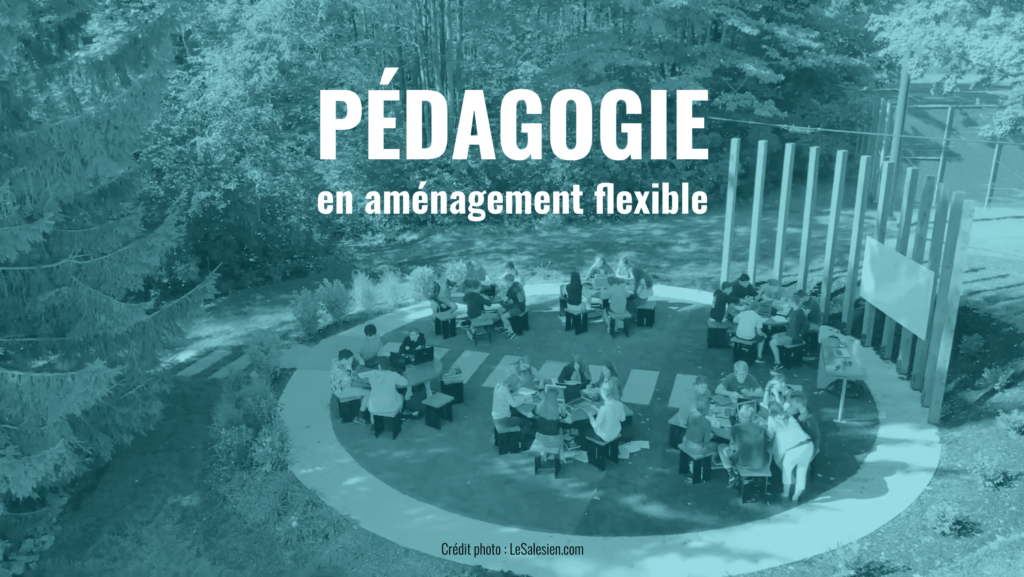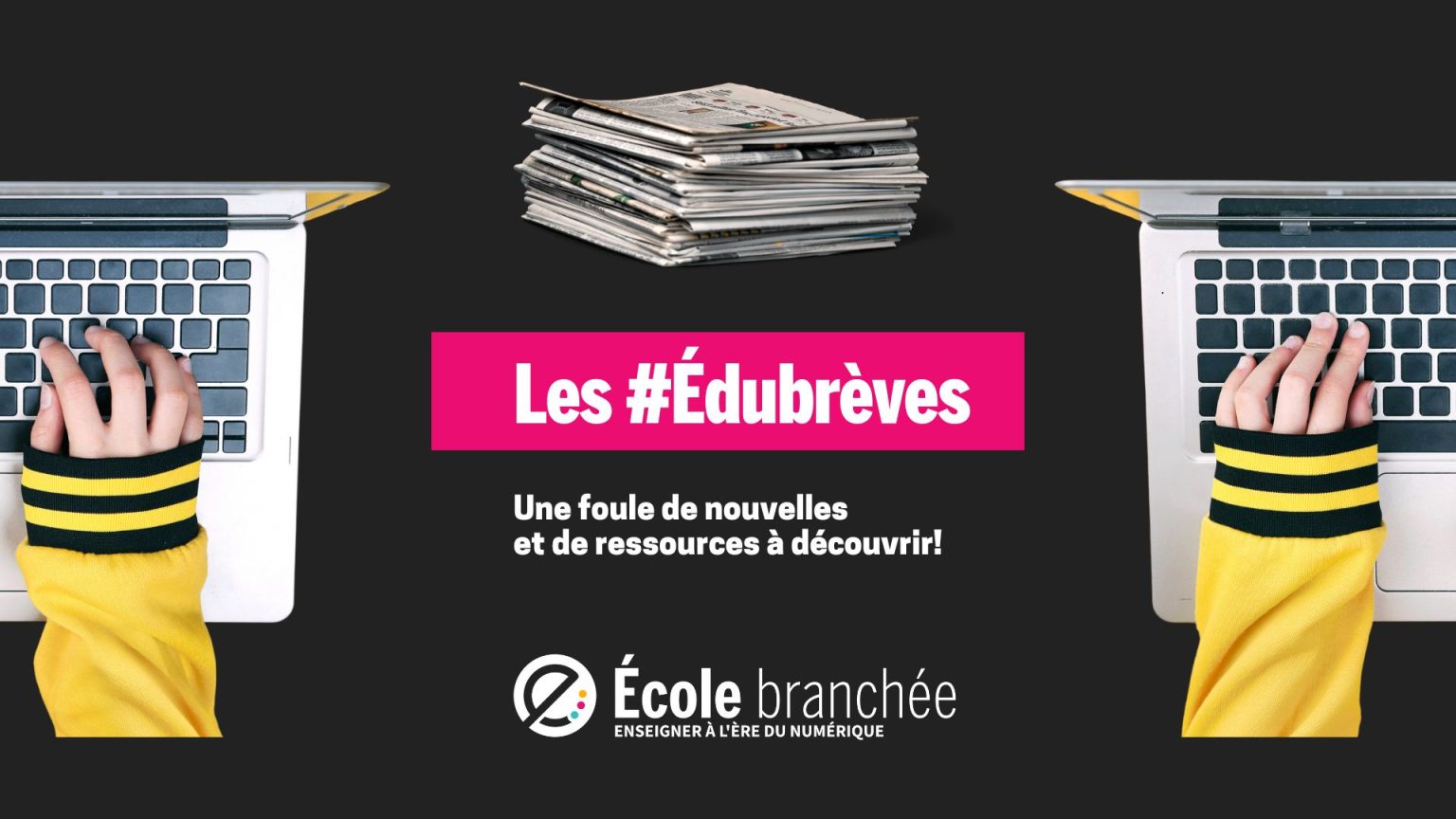Par Jacques Cool, CADRE21, collaboration spéciale
Lorsqu’on aborde le thème de la pédagogie en aménagement flexible, l’attention se tourne rapidement vers le mobilier et les structures qui se démarquent d’une configuration classique de la salle de classe. Pourtant, le plus important demeure la pédagogie.
Aménagement flexible rime bien sûr avec modification du mobilier dans la classe. Par contre, il importe surtout pour l’enseignant d’amorcer un changement dans ses pratiques pédagogiques. L’effet « Wow! » des nouveaux espaces bien aménagés doit être directement relié à un « Wow pédagogique! ».
Pour les enseignants, le défi réside donc dans le fait de bien saisir les liens existants entre les besoins pédagogiques de leurs élèves et la définition de différentes zones d’apprentissage qui seront aménagées dans la classe. Chacune doit permettre de soutenir ces besoins.
Les trois piliers d’une pédagogie en aménagement flexible sont :
- une gestion de classe bienveillante;
- une pédagogie adaptée aux besoins des apprenants;
- un aménagement physique qui soutient les intentions pédagogiques.

La pandémie, une occasion
Les défis occasionnés par la pandémie quant à l’assiduité scolaire de plusieurs élèves peuvent devenir un prétexte supplémentaire pour réfléchir aux différents moyens pédagogiques issus de la pédagogie en aménagement flexible. Ceux-ci peuvent certainement contribuer à mobiliser les élèves qui ne sont pas tous au même niveau de maîtrise de certaines compétences. La différenciation pédagogique pour soutenir les élèves dans leur parcours scolaire devrait être au cœur d’un contexte flexible.
Dans une classe flexible, avec ou sans bureau, l’enseignant laisse une grande partie du contrôle et plusieurs choix d’activités d’apprentissage à ses élèves. Nouvelles postures pédagogiques, nouveaux rôles de l’apprenant : comment arriver à répondre aux besoins individuels des élèves tout en conservant son agilité pédagogique?
« Comme dirigeant d’une école qui refait l’ensemble de ses classes […], il est nécessaire d’amener les enseignants à comprendre les fondements de la pédagogie en aménagement flexible », explique Philippe Picard, directeur au secondaire dans la région de Sherbrooke. « L’élément clé : amener l’enseignant à avoir une pratique pédagogique centrée sur les besoins de l’élève et de bien comprendre ces réels besoins en 2021. Le point de départ reste toujours le questionnement sur les intentions pédagogiques. »
M. Picard ajoute : « Le fait de développer l’autonomie des élèves, leur permettre de faire des choix, avoir un rythme d’apprentissage à eux favorise énormément l’engagement de ces derniers. De plus, il ne faut pas négliger le plaisir. Plaisir de se retrouver dans un bel environnement. Plaisir de collaborer avec ses pairs. Plaisir de se sentir dans un environnement et un accompagnement pédagogique adaptés aux besoins des jeunes d’aujourd’hui. »
En terminant, rappelons-le encore une fois, le questionnement sur les intentions pédagogiques demeure le point de départ d’un changement en classe.
En complément :
- Le guide sur l’aménagement flexible de Carrefour éducation
- La formation du CADRE21 sur la pédagogie en aménagement flexible.
- À (re)lire sur l’École branchée : L’aménagement flexible (flexible seating) : une tendance favorisant l’attention
- Un rendez-vous pédagogique sur le sujet, avec Geneviève Marcoux et Isabelle Patenaude






